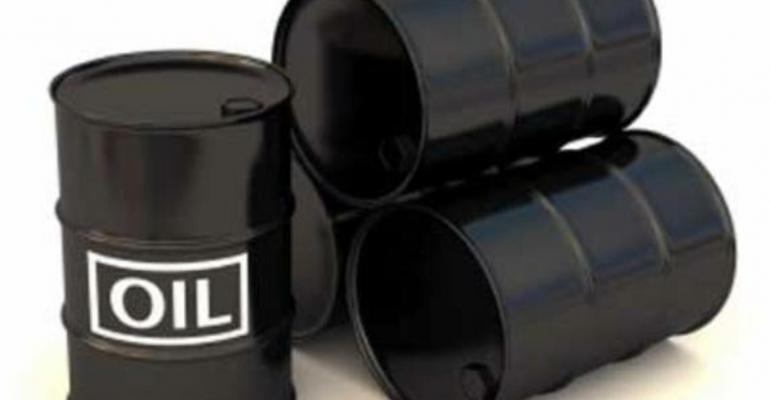The firm’s head of oil market research, Bjørnar Tonhaugen, believes that a balanced oil market in 2020 depends on three factors: no global recession; continued OPEC production cuts; and the impact of IMO 2020 regulations.
“Markets can balance with an extension of OPEC cuts through 2020,” he stated in the energy analyst’s latest weekly report. “We believe that IMO 2020 regulations will create more demand for crude oil. Moreover, the global economy needs to avoid a sharp slowdown and oil demand to recover to more normal growth rates of between 1-1.2m barrels pre day (bpd). If the stars fail to align, however, OPEC may need to discuss much deeper cuts to support the market,” he said.
In its latest Oil Market Balances Report, Rystad states that the so-called IMO 2020 effect will cause a net positive effect on crude demand in 2020 of about 1m bpd in order to balance the world’s gasoil market. However, a balanced market is also contingent on the global economy not entering a technical recession and OPEC maintaining current production levels, with extended cuts through at least 2020, the analyst said.
“Without the expected additional crude runs in 2020, on top of the normal growth in refinery runs to keep up with overall products demand without IMO 2020, prices will be even lower next year – unless OPEC cuts its production to around 29m bpd,” the firm said.
OPEC’s August oil output of 29.61m bpd was the first increase this year and a result of supply increases from Iraq and Nigeria which outweighed over-compliance with production quotas by Saudi Arabia and a decline in Iranian production due to US sanctions. The August figure was an 80,000 bpd increase over July which was itself the lowest OPEC total since 2014.
Copyright © 2024. All rights reserved. Seatrade, a trading name of Informa Markets (UK) Limited. Add Seatrade Maritime News to your Google News feed.


